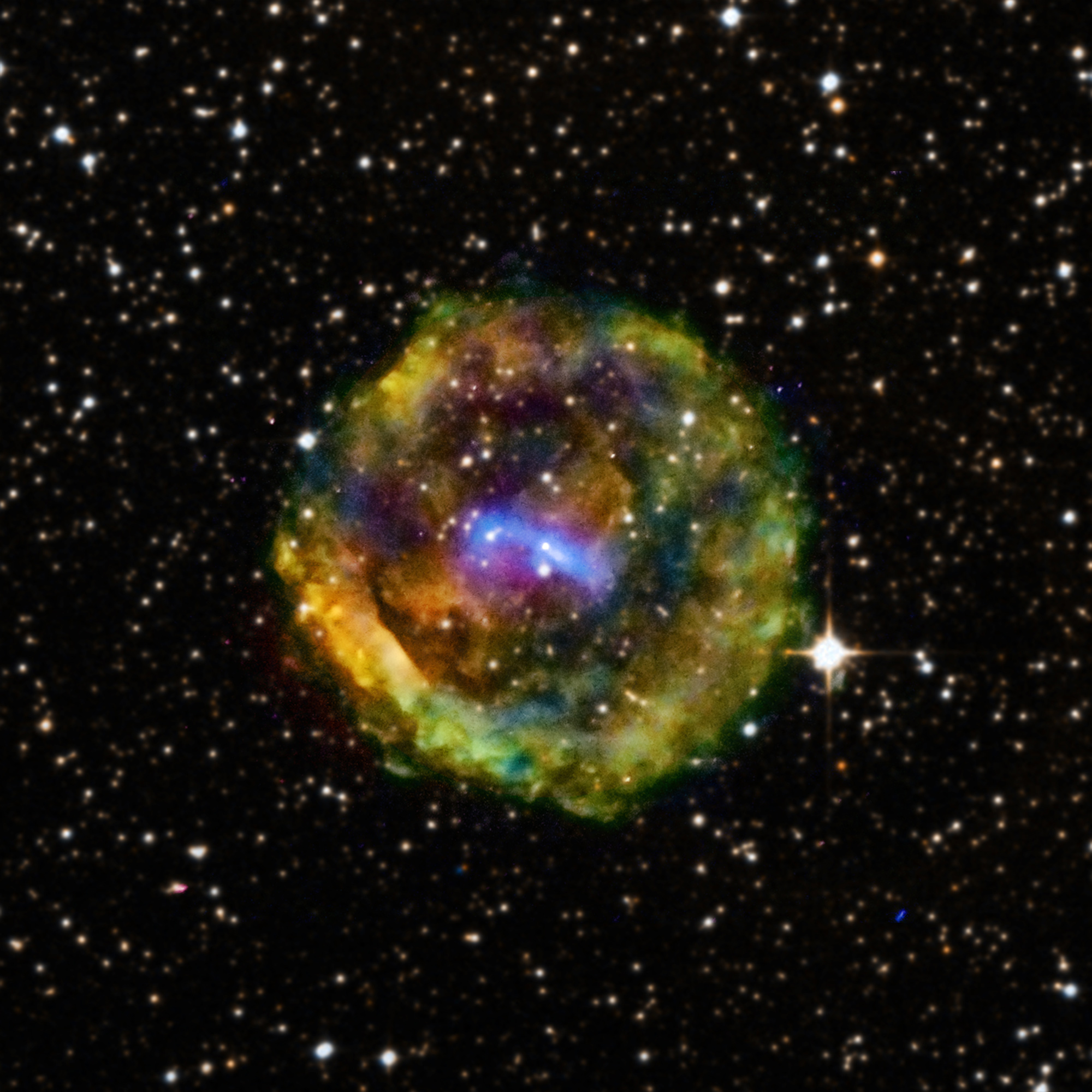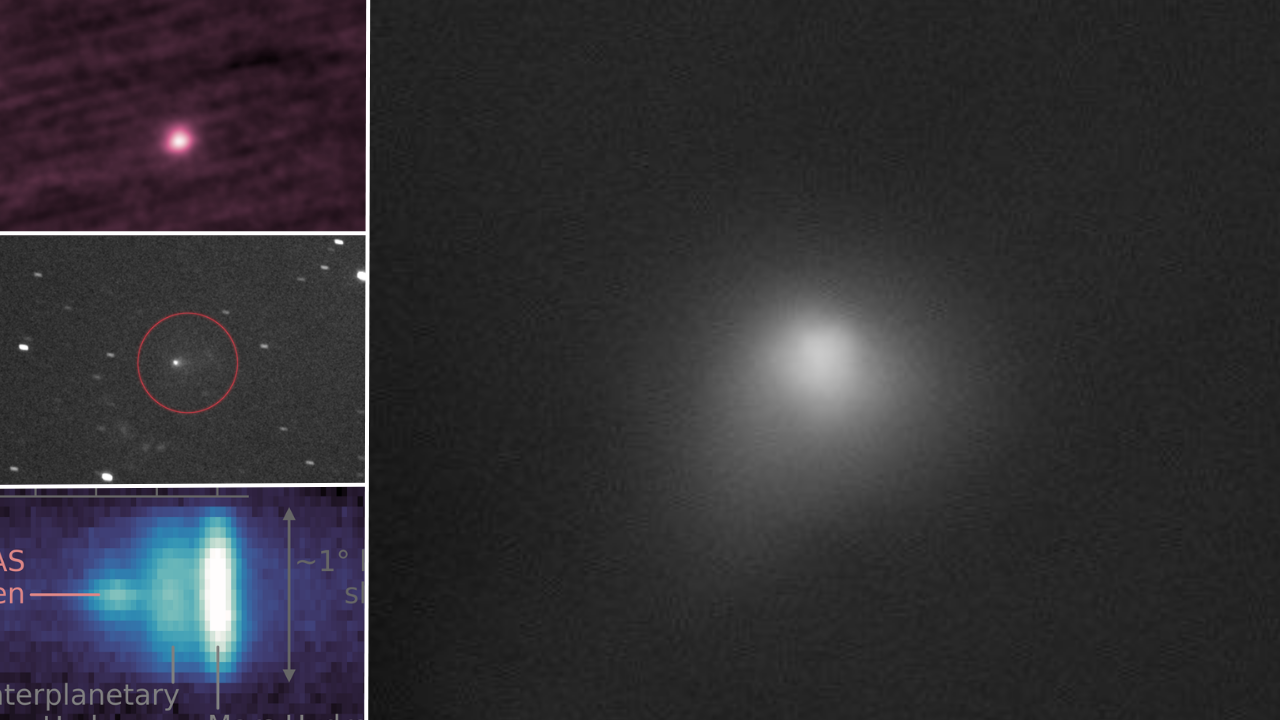Mistaken Identity: Ancient Supernova Explosion Gets New Backstory

A star explosion witnessed by Chinese astronomers in the 4th century CE has for years been associated with a cosmic object known as G11.2-0.3, but new evidence strongly suggests the two are actually not related at all.
New data from NASA's Chandra X-ray Observatory revealed that dense clouds of gas lie between Earth and the supernova remnant G11.2-0.3. This means that the exploding star would not have been bright enough to be seen with the naked eye from Earth, leaving astronomers to question what exactly the fourth century astronomers saw.
When a star reaches the end of its life, it creates a bright stellar explosion, also known as a supernova. The cloud of gas and debris left behind from this stellar event forms what is called a supernova remnant, like G11.2-.03. [Supernova Photos: Great Images of Star Explosions]
Using Chandra observations from 2000, 2003 and 2013, researchers were able to measure how fast G11.2-0.3 is expanding, and thus when the supernova occurred. The researchers found that the massive star exploded between 1,400 and 2,400 years ago (which would include the time of the Chinese supernova observation), NASA officials said in a statement.
Previous research has shown that G11.2-0.3 formed from a "core-collapse" supernova, or the explosion of a massive star. The new estimate for the age of G11.2-0.3 suggests it is one of the youngest such supernovas in the Milky Way, NASA officials said.
The new Chandra image shows G11.2-0.3 has a round, symmetric shape. However, the remnant is actually expanding into an uneven cloud of gas, according to the new findings published March 9 in The Astrophysical Journal.
"Because of this, researchers propose that the exploded star had lost almost all of its outer regions, either in an asymmetric wind of gas blowing away from the star, or in an interaction with a companion star," NASA officials said. "They think the smaller star left behind would then have blown gas outwards at an even faster rate, sweeping up gas that was previously lost in the wind, forming the dense shell. The star would then have exploded, producing the G11.2-0.3 supernova remnant seen today."
Breaking space news, the latest updates on rocket launches, skywatching events and more!
Studying stellar debris such as G11.2-0.3 helps astronomers better understand the history and evolution of stars in the universe.
Follow Samantha Mathewson @Sam_Ashley13. Follow us @Spacedotcom, Facebook and Google+. Original article on Space.com.

Samantha Mathewson joined Space.com as an intern in the summer of 2016. She received a B.A. in Journalism and Environmental Science at the University of New Haven, in Connecticut. Previously, her work has been published in Nature World News. When not writing or reading about science, Samantha enjoys traveling to new places and taking photos! You can follow her on Twitter @Sam_Ashley13.
